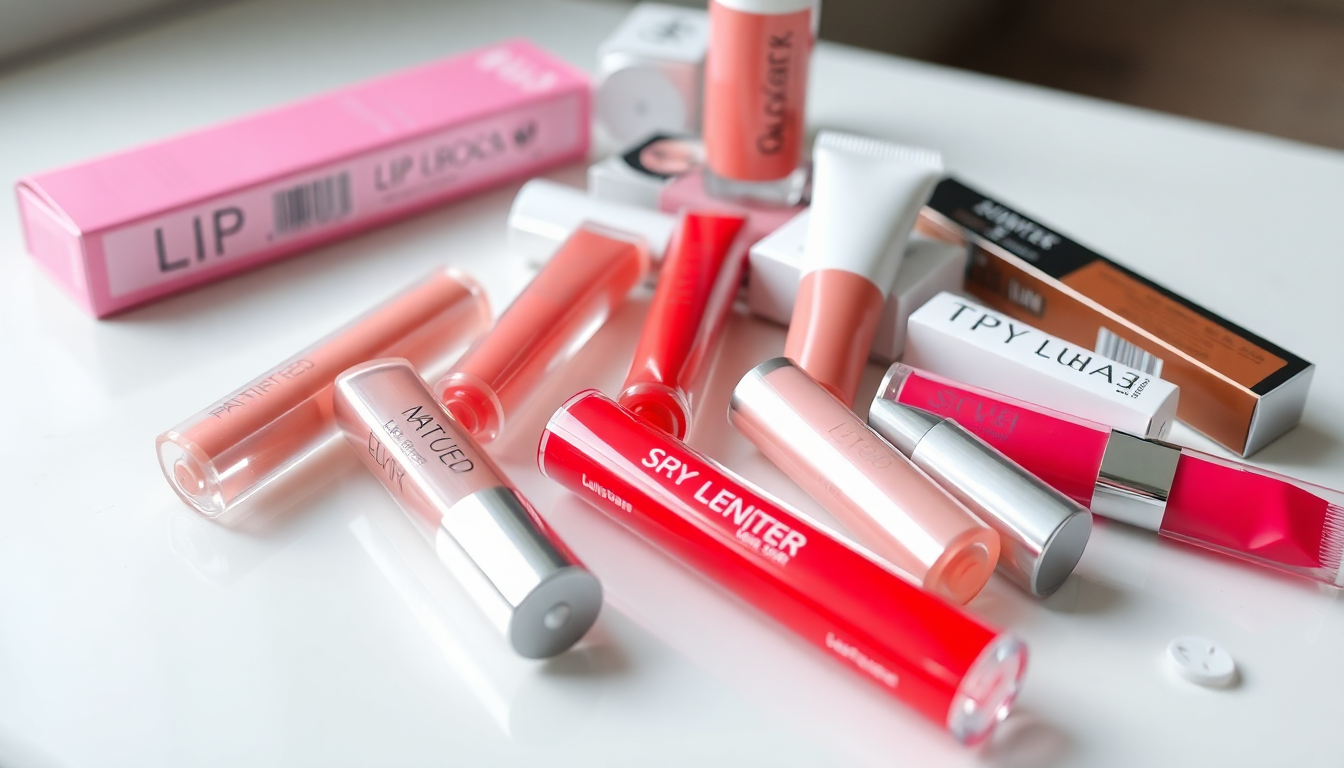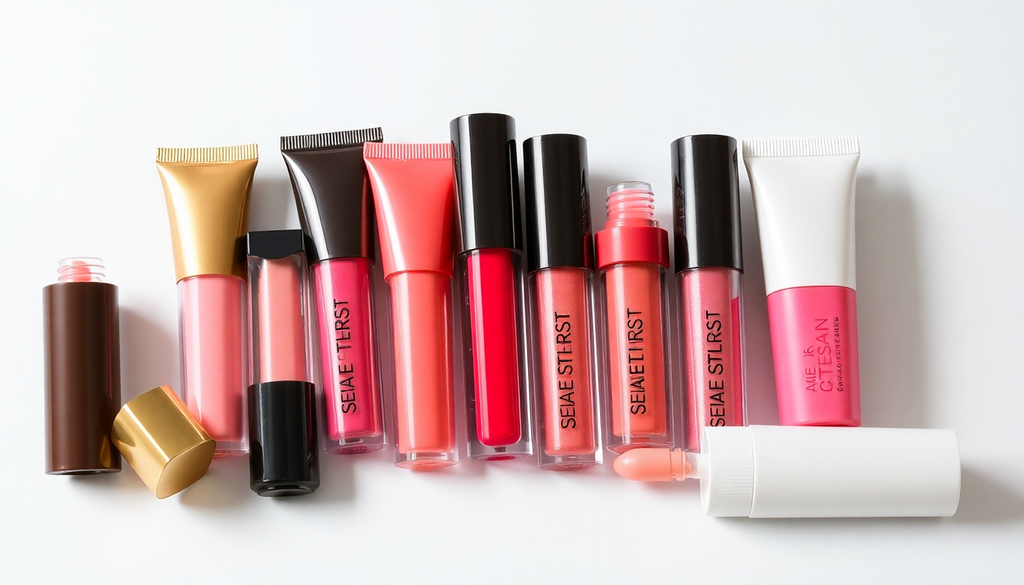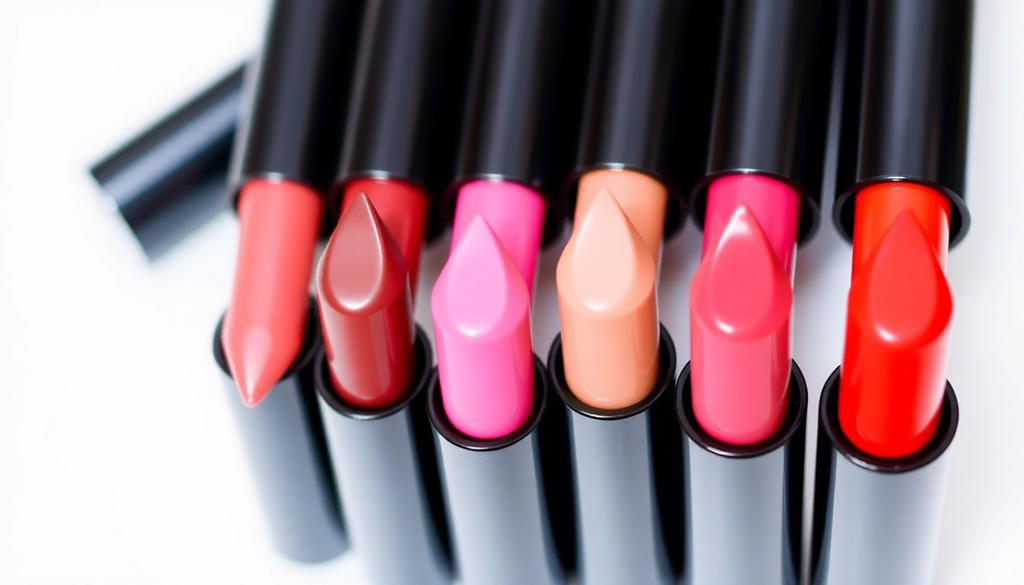
How to Market-Ready a Private Label Lip Gloss: Vegan Formulas, MOQ Hacks & Real Unit Costs
Ultimate Guide to Launching a Private Label Lip Gloss Like a Pro
Why Lip Gloss is Your 2024–2025 Brand Launchpad (+Trend Data)
Lip gloss is back at the center of beauty launches — it’s lower-risk than lipstick, highly shareable on social, and a favorite entry product for customers discovering a brand. Three trend data points to guide your strategy:
- Glossy finishes recorded a meaningful sales uptick in 2024, with the NPD Group reporting growth in the lip gloss category in key markets (Q1–Q4 2024) — consumers increasingly favor shine-over-matte for everyday looks.
- Search interest for "vegan lip product" jumped significantly in 2024, per Google Trends, showing a clear shift toward cruelty-free and plant-based positioning among Gen Z and Millennials.
- Independent and indie beauty brands continued to gain market share in 2024 (Statista and market reports), especially with niche formulations and direct-to-consumer channels.
These data points mean two things: demand exists for glossy formats, and a vegan, clean positioning paired with strong social content will accelerate discovery.
Step 1: Formula Foundations — What Beginners MUST Know
Start simple. For a private label lip gloss that checks the boxes (vegan, stable, pleasant wear), prioritize three formula pillars: texture, safety, and stability.
Key Ingredients for a Beginner-Friendly Vegan Lip Gloss
- Light esters and plant-derived emollients (e.g., hydrogenated jojoba esters, caprylic/capric triglyceride) for shine without heaviness.
- Film-formers and high-gloss polymers for long-lasting sheen.
- Glycerin or propanediol in small amounts for moisture without stickiness.
- Vegan-certified pigments or mica blends for tint; avoid carmine and other animal-derived dyes.
- A gentle, broad-spectrum preservative system (e.g., phenoxyethanol + ethylhexylglycerin) to prevent microbial growth.
Formula Checklist (Actionable)
- Match target texture to applicator when prototyping (light → cushion wand; viscous → flocked wand).
- Request ingredient origin docs to support vegan claims.
- Run accelerated stability (40°C) and real-time stability for at least 3 months before scaling.
- Validate sensory with 10–20 testers for tack, slip, and transfer.
- Never skip stability testing! Separation, color shift and microbial issues are the most common launch killers.
Step 2: Packaging That Sells — Budget to Luxury Options
Packaging determines perceived value and affects fill compatibility and logistic costs. Choose strategically depending on your price point and MOQ.
Packaging Options
- Economy: PET wand tubes or squeeze tubes (typical cost: <$0.80/unit). Fast lead times, low tooling risk.
- Mid-tier: Weighted plastic tubes, frosted PET, improved wands ($0.80–$1.80/unit). Good balance of perceived value and cost.
- Premium: Glass tubes, metalized caps, custom embossing ($1.80+/unit). Strong retail presence but higher breakage and freight costs.
- Sustainable: PCR PET or sugarcane-based plastics (typically 10–30% higher cost). Great for storytelling; ask for life cycle data.
Packaging Checklist (Actionable)
- Confirm incompatibility: some high-ester formulas can swell certain plastics — request compatibility testing.
- Order functional samples with your formula to verify filling, curing (if any), and applicator behavior.
- Calculate secondary packaging costs (printed boxes, guidelines, UPC labels) into per-unit pricing.
Step 3: Color Strategy — From Pantone to Profit
Choose a compact, high-converting shade assortment. Think like building a capsule wardrobe: five versatile pieces that cover most customers.
Five Starter Shades + Pantone References
- Sheer Warm Nude — Pantone 13-0905 TCX (Warm Sand)
- Everyday Rosy — Pantone 16-1516 TCX (Rose Dust)
- Sunlit Coral — Pantone 16-1546 TCX (Living Coral family)
- Muted Mauve — Pantone 18-1617 TCX (Muted Berry)
- Clear High-Gloss Top Coat — universal bestseller for layering
Seasonal limited editions (e.g., holiday red, summer shimmer) help drive urgency without increasing SKUs permanently.
Step 4: Real Unit Costs & MOQ Hacks — Manufacturing Insider Tips
Unit economics are where many startups stall. Below are realistic cost elements and strategies to control them.
Typical Cost Breakdown (per unit at small MOQs)
- Formula & fill: $0.40–$1.20 — depends on specialty esters and pigment load.
- Primary packaging: $0.30–$1.80 — tube, wand, cap.
- Testing & compliance (amortized): $0.05–$0.30 — stability, microbial, claim substantiation.
- Decoration & labeling: $0.05–$0.40 — printing, shrink sleeves, decals.
- Logistics & duties: $0.05–$0.50 — warehousing, shipping, import fees.
Typical total: approximately $0.85–$3.75 per unit at MOQs between 500–5,000. Your final landed cost depends heavily on packaging and testing choices.
MOQ Hacks to Lower Upfront Spend
- Start with stock formulas and customizable decoration to reduce R&D and tooling fees.
- Negotiate split MOQs: pay for custom color run at lower unit count and use stock shades for larger quantities.
- Bundle SKUs to negotiate packaging discounts (order multiple tube types simultaneously).
Cost Control Checklist (Actionable)
- Ask for a detailed price breakout: formula, fill, packaging, testing, and freight.
- Request tiered pricing at 500, 1,000 and 5,000 units to plan reorder economics.
- Estimate retail price by aiming for 4–6x your landed unit cost (depending on channel).
Hidden Costs & Compliance to Watch For
- Certification fees: vegan/cruelty-free logos, organic/clean badges often carry annual costs.
- Color migration & cross-contamination testing for pigmented shades.
- Insurance and regulatory filings for some export markets.
Manufacturing Timeline — From Brief to Bulk
Expect a 6–12 week timeline for most private label lip gloss projects when using an experienced manufacturer. Typical phases:
- Week 0–2: Brief, basic formula selection, and packaging selection.
- Week 2–4: Prototype samples and small revisions.
- Week 4–8: Stability and microbial testing (accelerated tests can be quicker but don’t replace real-time).
- Week 8–12+: Bulk production, fill, QC and shipping — longer for custom tooling or glass runs.
Manufacturer's Corner: How We Make Development Painless
Working with a partner who understands private label and custom cosmetics simplifies every step. Our recommended process minimizes risk and gets product to market faster.
Manufacturer Checklist: 5 Critical Questions to Ask Suppliers
- What are your MOQs for stock formulas vs. bespoke formulas and for stock vs. custom packaging?
- Can you provide technical data sheets and COAs for raw materials and finished goods?
- What testing protocols do you run (stability, microbial, preservative efficacy) and can you share timelines?
- How do you handle color-matching, pigment migration, and batch-to-batch color variance?
- What are your lead times for reorders and do you offer warehousing or fulfillment support?
Red Flags
- Supplier refuses written testing protocols or cannot provide TDS/COA.
- Opaque pricing or unexplained minimums and hidden tooling costs.
- No experience with vegan claims or inability to provide ingredient sourcing details.
Launch & Go-to-Market Checklist
- Confirm final formula and complete stability testing report.
- Lock packaging, order labelling and secure UPC/GTIN codes.
- Plan a social-first launch with influencer samples and high-quality swatch assets (video + macro swatches).
- Stage inventory for online DTC and one retail test partner to validate full-price demand before scaling.
- Collect customer feedback and plan a second batch with tweaks rather than large first-run inventory.
Launching a lip gloss is both art and engineering. Think of color and storytelling as your marketing wardrobe, and manufacturing as tailoring — great fit matters.
Key takeaways: prioritize a vegan, stable formula; match applicator to viscosity; negotiate smart MOQs; and plan for stability and certification costs early. Never skip stability testing!
Ready to formulate? Request our Lip Gloss Starter Kit at [CONTACT PAGE] — it includes sample formulas, packaging mockups, an MOQ negotiation template, and a unit cost calculator to get you pricing confidence. If you want hands-on support, we offer development consulting for first-time founders launching a private label lip gloss and other custom cosmetics.


